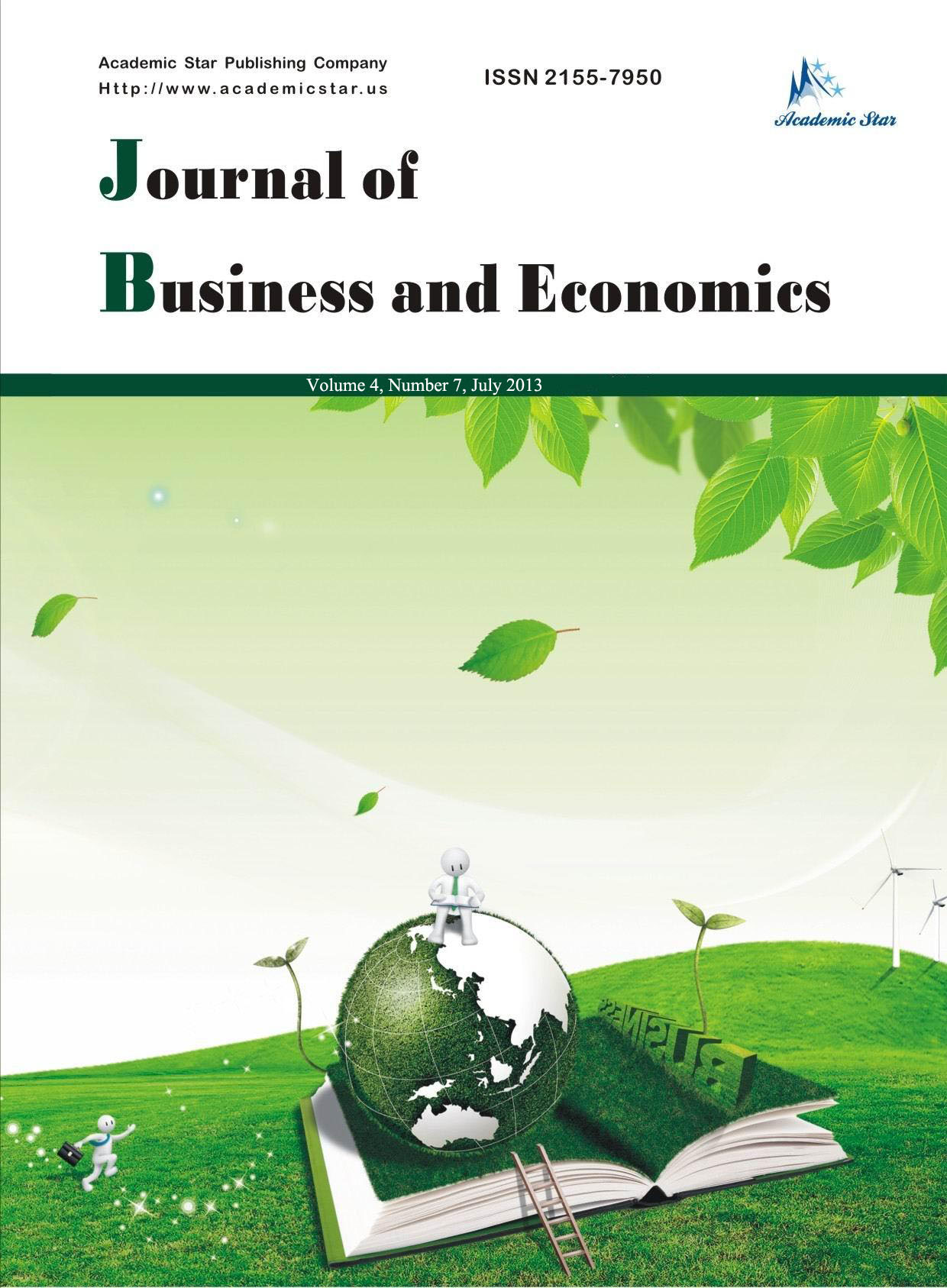Economics

- ISSN: 2155-7950
- Journal of Business and Economics
The Prosper Credit Risk Rating System: Does It Improve Market Decision Making?
Christina J. Bradbury
(College of Business Administration, Plymouth State University, Plymouth 03264-1595, New Hampshire, USA)
Abstract: Anonymous online interaction presents a new challenge in peer-to-peer consumer credit markets: effectively predicting and screening risk. Prosper has implemented new policies to minimize its disadvantage in information access. These are improved information transparency and the introduction of the “Prosper Credit Rating System”. Therefore, the objective of this research endeavor is to examine the credit risk rating system newly introduced into Prosper’s peer-to-peer loan marketplace to see if it leads to improved market decision making as it relates to pricing. The proprietary credit rating system was specifically designed to evaluate and rank borrower credit risk associated with their loan request listings so as to support lenders in their pricing decision. It is untested, only introduced in July 2009. The sample covers 2,525 funded loan listings. An analysis of covariance was employed to test whether the newly created Prosper credit rating system has an impact on the outcome of interest rate after removing the variance for which other variables (dollar amount of loan request, Fair Isaac credit score range, homeownership status, and debt-to-income ratio) may account. Research findings clearly indicate that six of the seven Prosper credit ratings have a statistically significant impact on the dependent variable, individual loan interest rates.
Key words: credit risk evaluation; information access; peer-to-peer loan marketplace; prosper.com
JEL Codes: D81, G21
References:
Andrews, R., Dholakia, U., Herzenstein, M. and Lyandres, E. (2008, February), “The democratization of personal consumer loans? Determinants of success in online peer-to-peer loan auctions”, manuscript in preparation, Rice University: Houston, Texas.
Blochlinger, A. and Leippold, M. (2005), “Economic benefit of powerful credit scoring”, working paper, Swiss Banking Institute, University of Zurich: Switzerland.
Bogoslaw, D. (2009), "Peer-to-Peer Lending: Problems and Promise", BusinessWeek Online, 21.
Freedman, S. and Jin, G. Z. (2008, November), “Do social networks solve information problems for peer-to-peer lending?”, NET Institute working paper, The Networks, Electronic Commerce and Telecommunications Institute, pp. 08-43.
Anderson, R., Babin, B., Black, W. Hair, J. and Tatham, R. (2006), Multivariate Data Analysis, Upper Saddle River, NJ: Pearson Prentice Hall.
Iyer, R., Khwaja, A. I., Luttmer, E. F. P. and Shue, K. (2009, August), “Screening in new credit markets: Can individual lenders infer borrower creditworthiness in peer-to-peer lending?”, NBER working papers: 15242, National Bureau of Economic Research, Inc.
Mester, L. (1997, September/October), “What’s the point of credit scoring?”, Business Review, Federal Reserve Bank of Philadelphia, pp. 1-16.
Prosper.com. (n.d.). Retrieved December 14, 2010, available online at: http://www.Prosper.com.
United States Securities and Exchange Commission (2009), S-1 AMENDMENT 6 (Prospectus), filed 07/13/2009 (File No. 333-147019), available online at: http://www.sec.gov/Archives/edgar/data/1416265/000141626509000033/ prosper_s-1a6d7d13d2009.htm.






